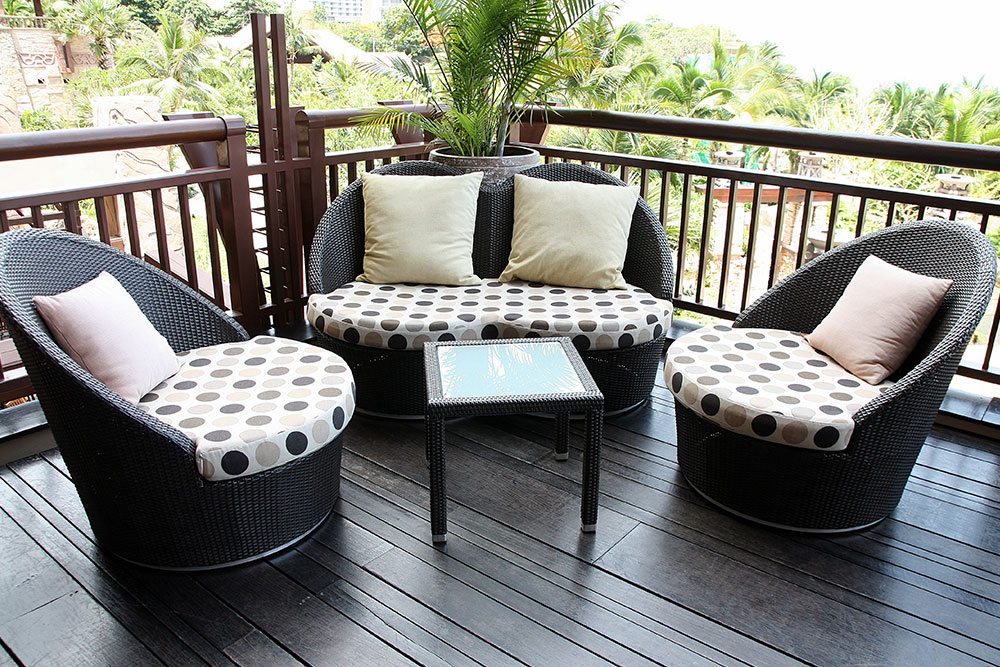Protection from the rain.
Maintain the cleanliness of your cushions.
Brushing
Stain cleaning
Hand washing the cover
The use of solvents for cleaning
In the case of Sunbrella replacement cushions, you may easily wash the cloth with various substances, including bleach, without having to worry about the dye bleeding through or getting discolored. The fact that it is easy to clean makes it ideal for families with children who have filthy hands or pets that may climb up on your furniture with messy feet. Sunbrella outdoor replacement cushions are covered with a slip-off cloth that can be washed in the washing machine to remove any dirt stains. Sunbrella cushions may be cleaned using a bleach solution to quickly and easily remove stubborn stains. Because the color is carried all the way to the center of the fiber, the material will not shed their vibrant color after washing.
Store them in the right place.
To keep Sunbrella replacement cushions safe during the off-season, they must be stored correctly. Plastic bags appear to be a quick and simple answer, but if they are tied or packed too tightly, they prevent ventilation, encouraging mildew to grow in the bag. Make certain that any storage covers you buy for your cushions allow air to circulate while preventing dust, debris, and bug or rodent pests. Keep the wrapped cushions in a dry basement to prevent them from becoming damaged.
Cleaning Sunbrella outdoor replacement cushions
Mildew may grow on any dirty surface. Therefore, keeping your Sunbrella cushions clean is essential to prevent mildew from growing on them. It is possible to clean Sunbrella cushions with a solution of bleach and water if mildew growth becomes a problem. The spot-clean method, which involves using a clean damp rag and a small amount of dishwashing liquid, can be used to clean and remove most stains. Choose an outdoor filling type when ordering your Sunbrella replacement cushions to ensure that your investment will last for a long time and perform well.
Instructions for spot cleaning Sunbrella replacement cushions
Heavy-duty cleaning for the removal of stubborn stains and mildew
Important care instructions for Sunbrella outdoor replacement cushions
- 1. Remove loose dirt and debris regularly by brushing them off or vacuuming them up.
- 2. When using a bleach solution, make sure to protect the area around your Sunbrella fabric because bleach can stain non-Sunbrella fabrics. Always carefully rinse Sunbrella to ensure that all bleach has been removed.
- 3. Whenever possible, Sunbrella cloth should be allowed to air dry. Sunbrella cloth dries quickly when exposed to the air.
- 4. It is not recommended to wash or dry your cushions in a machine. It is not recommended to use a steamer or a dry iron set to steam. The cloth will typically overheat and shrink if washed and dried in a washing machine or tumble dryer.




